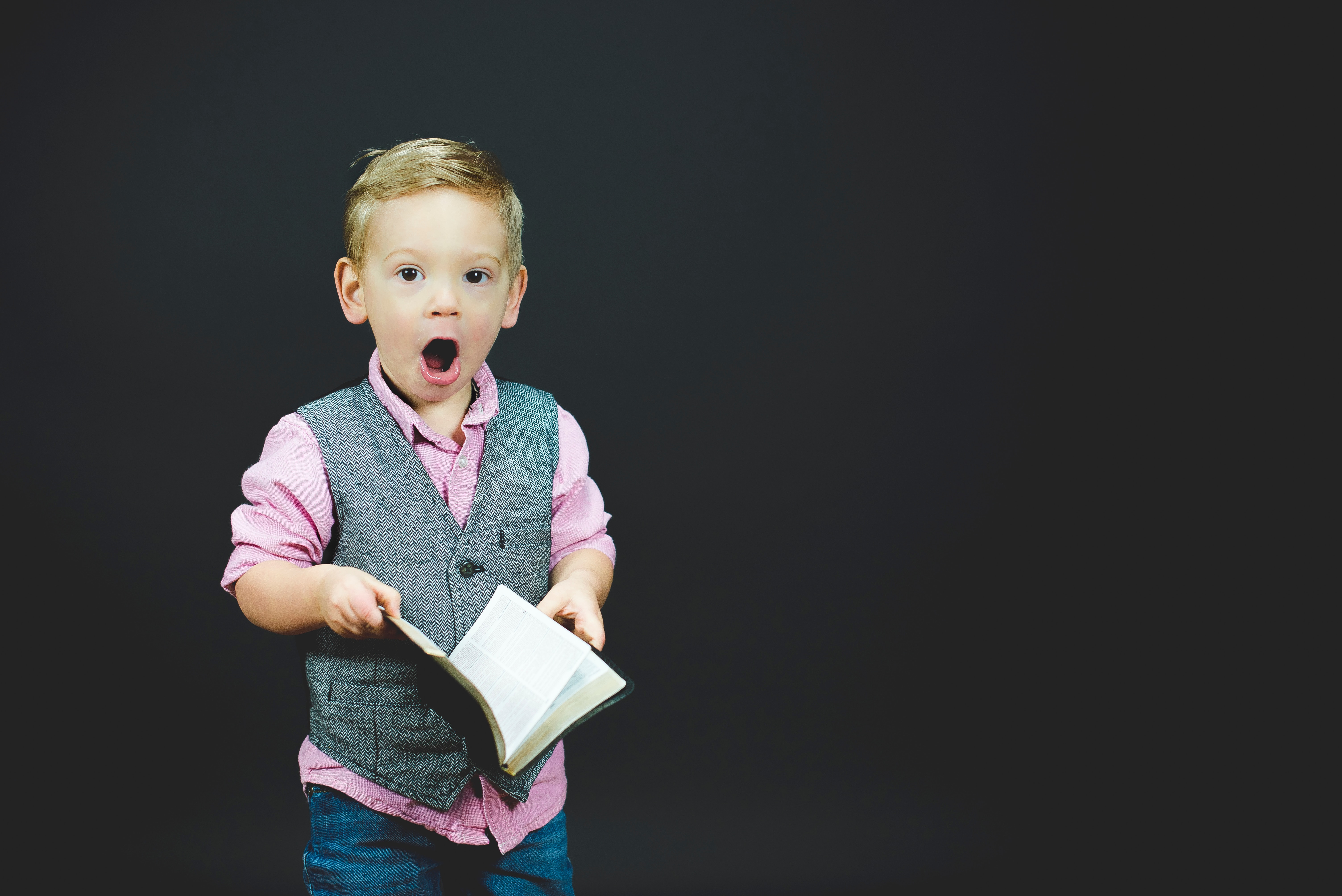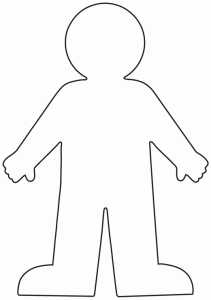
January 17, 2020, by Rupert Knight
Making a play for drama in the primary classroom
In this blog, Colin Morley looks at current ITE perceptions of the arts are, before looking at what the actuality of the arts offers within schools.
He considers what the barriers are to their possible use and how drama might be used as a process tool within Primary teaching.
How are the arts perceived?
In terms of ITE, the training nomenclature of arts subjects is that they are ‘non-core’ at Secondary (and most receive a smaller bursary than core subjects if they receive a bursary at all). There is barely half a day per year being given over to the arts subjects on some Primary PGCEs, giving us an intuitive impression that the arts are viewed by the state as deficit.
Yet, although there are arguments that arts are not used enough in school, at least there are arguments, rather than an acceptance that they are not used at all. Thus we see discourses including STE(A)M, regular newspaper coverage and a reworking of notions of cultural capital in the recent (2019) document covering Ofsted inspections.
Indeed, for teachers, arts and creativity, despite the perception of deficit statutory guidance, are an inherent methodology already deeply embedded within schools.
What can the arts offer in the primary school?
In terms of place, most foyers, classrooms and school websites show clear indications of the values that school, teachers, students and parents have in terms of the arts. There is the richness of classroom displays as below, in which the music of Hans Zimmer is used as a methodology for exploring pirates.

There is publicity of formal presentations of the school in artistic formats (photos from school shows, examples of visual art pieces), as well as an acknowledgement of the informal provision, in after school clubs or school and community linked provision.
Such community provision might include the visits of an art practitioner to a school and there are a number of ongoing projects which feature this such as HMDT Music’s TIME project which is an ongoing multi art project across six Primaries in Lancashire.
However, there are implicit issues with this notion of artist as visitor, most notably that of what might be left behind when the visit is over, a ‘back to normal’ – ing of the classroom and school, possibly leaving little or no tangible benefit for the students or teachers. Indeed, according research conducted by Galton (2010) this normal-ing might be welcomed by some teachers, and there is anecdotal evidence of a de-skilling of teachers in terms of the arts (and other areas such as PE) when an external practitioner comes in and works with a class in the absence of their usual teacher. In terms of creativity Bereczki and Kárpáti (2017 p7) also found there was a reticence from some teachers and that “Common misconceptions identified included the idea that creativity requires originality but not appropriateness, is an inborn talent mainly related to arts and humanities and requires the production of tangible products”. As a way to deal with this they proposed (p56) that “Training needs to address teachers’ beliefs about creativity by including opportunities for participants to make their beliefs explicit and reflect on them.”
With this in mind, and as a way of countering the perceptions of Galton and the possible lack of buy in, it is important to consider how the arts, and especially drama, can be seen as key tools of a teacher’s repertoire, and that these are tools of process rather than explicit product. We do not expect Science teachers to split atoms in class and neither do they expect to do so. Similarly, by having drama as a process tool, rather than an end in itself, we can enable the teacher to still perceive themselves as a teacher rather than as a potential BAFTA award winner. Having the teacher as teacher with art skills also removes the potential of ‘back to normal’-ing after a visiting practitioner has gone.
How might drama be used within the primary classroom?
If we look at its naturalistic elements we can use it as a way of exploring lives and narratives –
• Phone conversations / texts between characters who do not contact in a text or who are involved in a particular issue
• Hot seating: a pupil answers questions about the character they are playing (from a scripted play, a novel or a devised character) in role, with or without preparation. You can have other characters asking the questions ‘in role’ or just general questions from a whole class. Hot seating can be group work as well as whole class. The teacher can also be in role. You can have two people in the hot seat who work together on giving answers. One example is shown in this clip.
• Meetings- Locals deciding what to do about – eg – what do we do about all the homeless people on their street
• Interviewing: two characters in role, one plays the part of an interviewer, the other the interviewee. This is similar to hot seating, except everyone is in role.
• A Life in a Day – this can be used for filling back story – The Sunday Times magazine has good examples of these
• Overheard conversations – a character hears others talking about him / her and reacts for audience to see
• Conscience alley: Pupils form two lines facing each other. A character moves down the alley and each pupil in turn voices the character’s thoughts. Or, everyone in the alley can ask a question of the character-who can remain silent or try to answer the questions. This technique can be used to develop scenes in devised pieces, as in this example.
• Paired improvisation: Participants work together in role exploring a given context. A useful strategy for quickly getting everyone into the drama. For instance, two parents argue over whether or not to apprentice their child to a chimney sweep ‘master’.
• Speech and thought bubbles: Large cartoon-type bubbles can be cut out of card and laminated. Young people are generally familiar with these devices from comics and cartoons. Their main purpose in a session is to demonstrate that what someone is saying may not be what they are thinking, and to encourage pupils to be economical with dialogue. To demonstrate this, it is necessary to freeze the action and physically place the balloon or bubble by a character’s mouth or head, so the class can consider what is really going on. A well-known painting could be used as a stimulus. Pupils are invited to study the painting. One group adopts the actual positions of the characters. A second group uses speech bubbles to suggest a conversation between those characters. The third group considers this and uses thought bubbles to suggest what some of the characters may actually be thinking. This can be developed further, as in the TV show Peepshow.

The non-naturalistic elements of drama can also be used as explorative tools:
• Freeze frame(tableau/still image): as with video, a split second and the action of the drama is frozen, like a photograph. Freeze frames are an extremely useful device in drama. You can use them at the start, middle or the end of a scene; once the scene is frozen characters can reflect in role on the significance on what has just taken place, or they can explain how they really think at that particular moment. Be inventive-there are many ways to utilise this technique.
• Sound tracking / sound scaping – using instruments or voices to create a London street scene / background to a poem / passage/ description of a landscape, as in this example.
• Role on the Wall – Adding to the character outline below with the thoughts of the character in the head, the feelings in the body, the actions in the arms and legs. The way the character is viewed by others can go in the space around the body
• Costuming / Found objects– The exploration of what a particular collection of objects tells us, the finders. Using realia can have a powerful impact on children. Putting together a watch, a train ticket, a photo, a key and a phone number will start speculation immediately and this can be used in a wide range of scenarios
• Defining space – Murder scene tape of a body’s location/ sectioning particular areas of the classroom off
• Collective drawing – What Scotland was like under Duncan, then under Macbeth?
• Diaries, Letters, Journals, Letters – These can be made into still images to illustrate, like photos
• Line of opinion – all homeless people should be got rid of – strongly agree / disagree
• Flashbacks/forwards: a very useful in technique in improvisation where you can ask groups to flash back or forward days, weeks months or years to other moments in the lives of the characters they are depicting or events they are showing.
The use of drama especially as a pedagogic tool is evident in two main aspects: the use of the body as tool for narrative and as a symbol in itself. In recent classroom observations of Primary teachers with little or no drama background I have witnessed a range of practice:
The use of the life stories and impacts of different characters. This was in the study of local history (embodied in the character of a mill owner discussing a reason for his actions). Another class studied medicine (Florence Nightingale gave a voice over). The development of architecture was explored (via the arguments of Gustav Eiffel for a new city structure), and the unpicking of the ideas behind the theory of evolution as the character of Charles Darwin gave a rationale for his approach. The use of the body as symbol was also seen in the form of freeze frames to demonstrate learning or understanding across subjects. For example the positioning of students holding tightly together to represent the atomic bonds of a solid – different from that of a more widely dispersed set of bodies as the students created a symbol of themselves as a gas. There was also the use of bodies as houses (and flame) as the events of the Fire of London were enacted.
The use of drama tools as processes rather than ends in themselves was seen in how, in all of the above examples, there was then a more summative (in each case written) piece of product created.
As a way forward it might be worth considering how artistic approaches, especially drama with its rich narrative possibilities might be used to replace or accompany how a current scheme is being taught. This has benefits not only for the pupils in terms of the possibilities of engagement, but also for the teacher in terms of extending repertoire as well as the school itself.
Questions to consider:
• How might I rework a current scheme to include drama?
• What might my class as a whole gain from using drama?
• What might specific children gain from using drama?
And finally –
• Might using drama (and recording what happens) reduce my workload?
Reference:
Galton, M. (2010) Going with the flow or back to normal? The impact of creative practitioners in schools and classrooms, Research Papers in Education, 25:4, 355-375.
No comments yet, fill out a comment to be the first

Leave a Reply